Modern Art in Its Historical Context
Selected theme: Historical Context of Modern Art. Step into the restless decades that reshaped how we see, feel, and argue about art—where brushstrokes confronted politics, technology rewired perception, and exhibitions sparked public uproar. Subscribe to follow this unfolding timeline and share your reflections.
For decades, the Paris Salon defined taste, rewarding polished history painting and moral allegory. Yet Realists, frustrated by rigid standards, depicted laborers, streets, and political realities, planting a quiet insurgency that encouraged artists to exhibit independently and trust their own eyes. Tell us how you’d have challenged convention.
Breaking with Tradition: From Academies to Avant-Garde
When Édouard Manet exhibited Olympia in 1865, critics raged at its frank gaze and contemporary setting. The scandal was not merely about nudity; it was about modern life unapologetically entering art. If this painting debuted today, would you defend it? Join the conversation and subscribe for more case studies.
Breaking with Tradition: From Academies to Avant-Garde
Technology and Cities: New Ways of Seeing
With photography capturing likeness quickly, painters leaned toward experimentation—cropped perspectives, optical play, and psychological depth. Rather than compete with the camera, artists asked different questions: What does vision feel like? How does memory blur edges? Comment with a photograph that changed how you perceive art.
Technology and Cities: New Ways of Seeing
The humble metal paint tube enabled painters to leave studios and chase shifting daylight. Portable palettes meant immediacy: damp grass underfoot, steam drifting from engines, and wind shivering reflections. Subscribe for tips on reading brushwork outdoors and tell us your most vivid plein-air memory, real or imagined.
Technology and Cities: New Ways of Seeing
Modern cities compressed time and space—elevators, arcades, electric lights. Artists embraced fragmentation, echoing the rhythm of billboards and crowds. Cubist shards and Futurist lines mirrored street noise and speed. Which city corner makes you feel most modern, and why? Share your urban vantage point with us.
Art in Upheaval: Wars, Revolution, and Response
World War I shattered faith in progress. Dadaists responded with nonsense, collage, and provocation, exposing how propaganda manipulates meaning. Their irreverence was a serious ethics: distrust easy answers. Tell us about an artwork that made you laugh and then think harder—your story may inspire another reader.
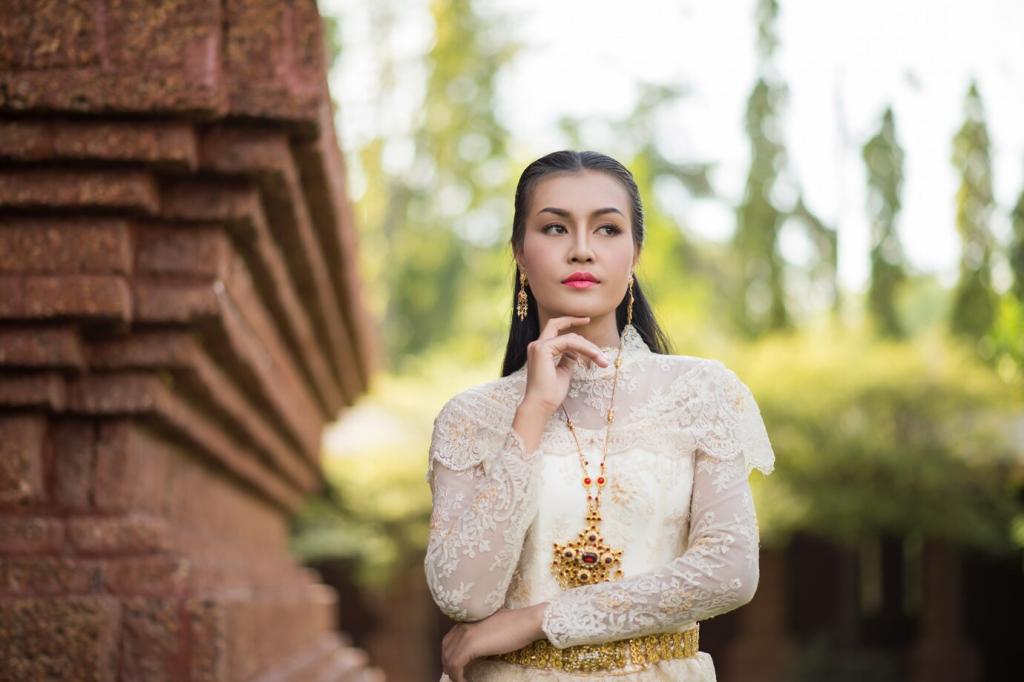
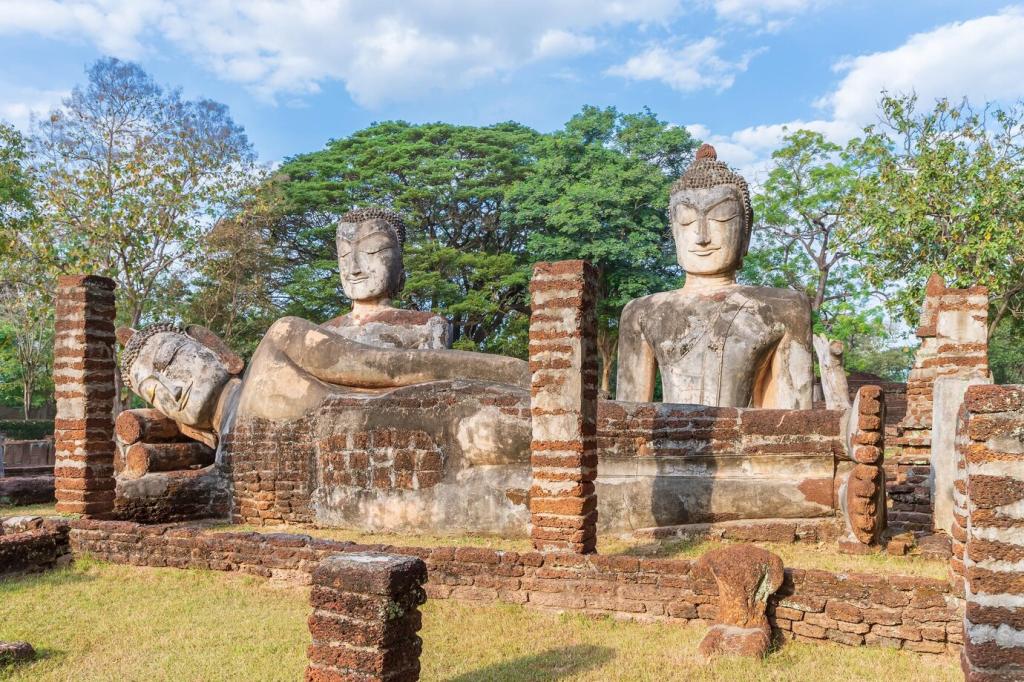
Art in Upheaval: Wars, Revolution, and Response
After revolution, Russian Constructivists pursued utility: posters, architecture, and design aligned with collective life. Geometries promised clarity, efficiency, and egalitarian purpose. Even their typography marched. Could design still transform society today? Subscribe and share where you see functional beauty shaping daily experience—from transit maps to apps.
Global Currents and Crossings
Writers, musicians, and painters transformed Harlem into a powerhouse of modern culture. Visual art narrated migration’s hopes and scars, jazz rhythms, and new urban identities. Which portrait best captures resilience to you? Share a work or memory that carries the sound of a city within its colors.
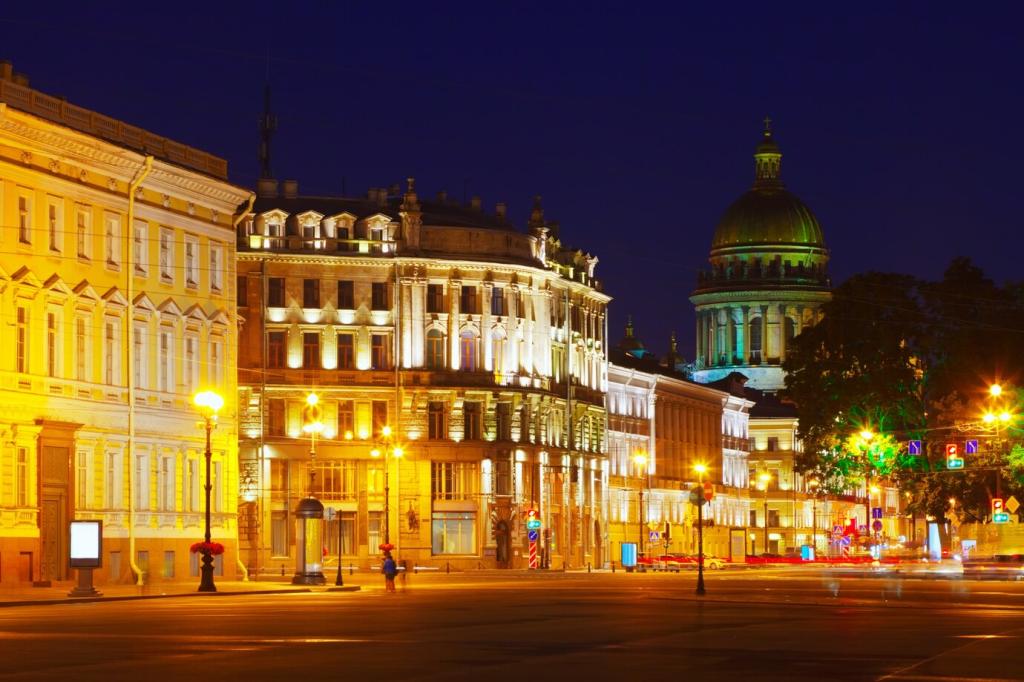
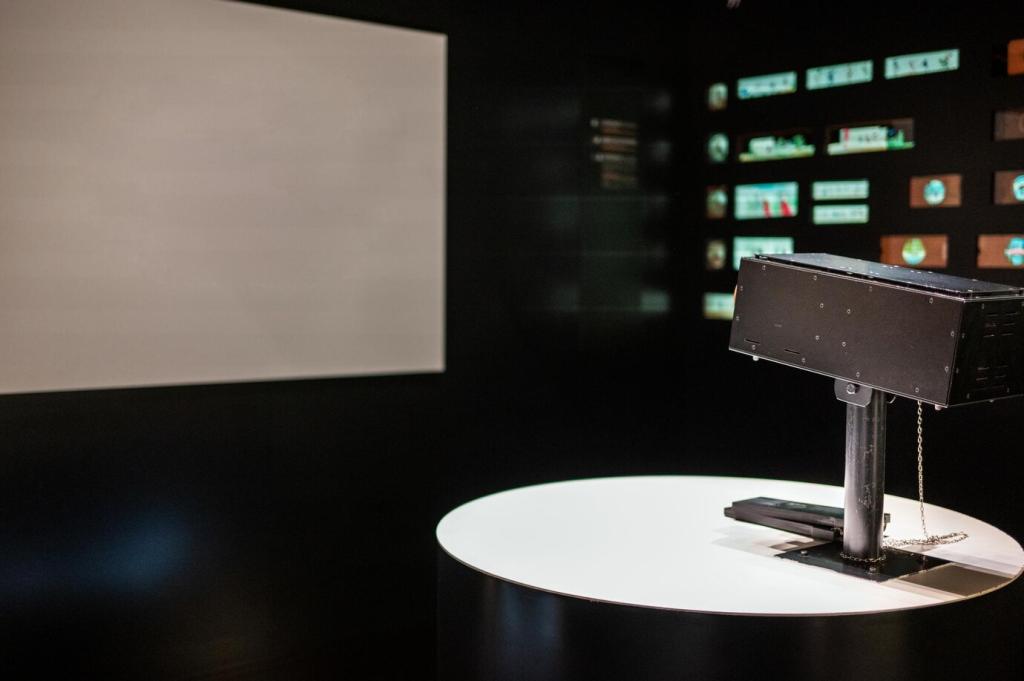
Bauhaus: Unity of Art, Craft, and Industry
At the Bauhaus, workshops fused textiles, metal, and architecture, aiming for democratic design. The idea: beauty should be functional and widely shared. Look around your room—what object balances form and purpose best? Share a photo or description and tell us why it works so elegantly.
Futurism’s Acceleration and Its Shadows
Futurists praised speed and machines, writing electrifying manifestos. Yet their politics carried troubling sympathies. Studying them means holding energy and critique together. What new technology thrills you, and what cautions should accompany it? Join the thread and help draft a twenty-first-century manifesto responsibly.
Surrealism’s Dreamwork and Liberation
Surrealists mined dreams, automatic writing, and unexpected juxtapositions to challenge repression. They asked viewers to trust the unconscious and embrace contradiction. Which surreal image has haunted you, and why? Subscribe for a deep dive into symbolic clues and add your own dream-inspired interpretation below.
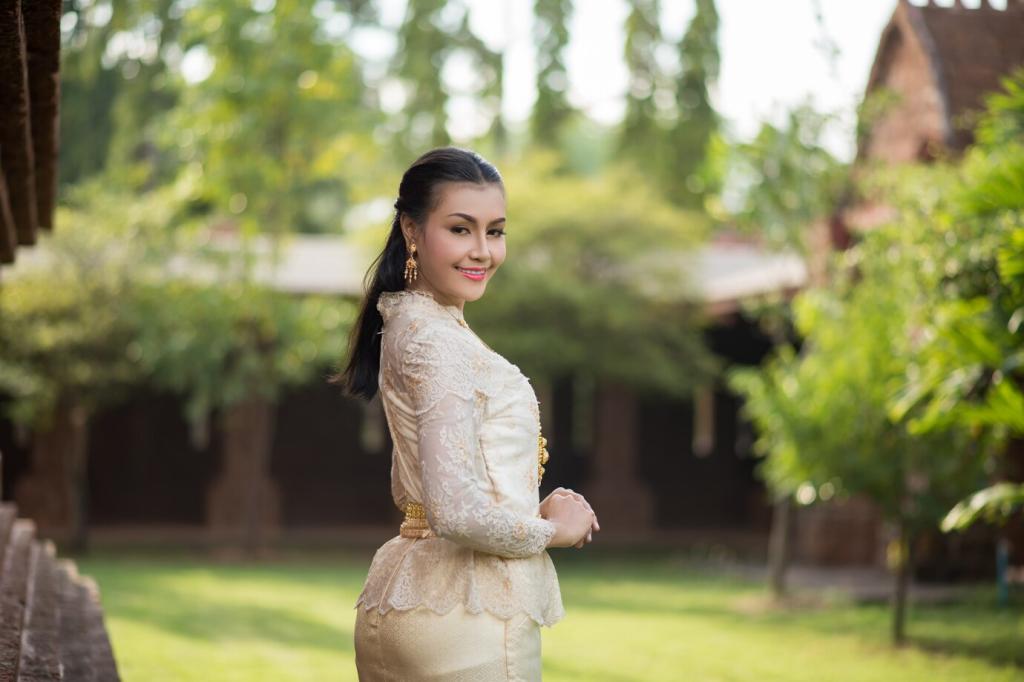
Markets, Exhibitions, and Audiences
From Gertrude Stein’s salon to pioneering galleries, social networks sustained experiments before museums embraced them. A single collector’s risk could change art history. Have you ever championed an unpopular idea? Share that story; it mirrors how avant-gardes endure long before the spotlight arrives.
